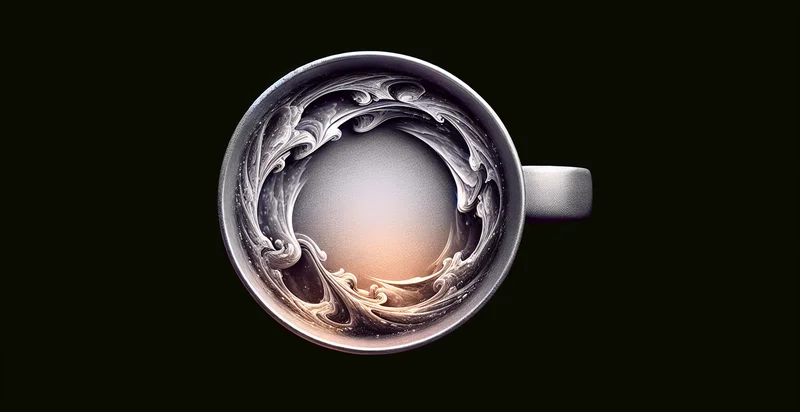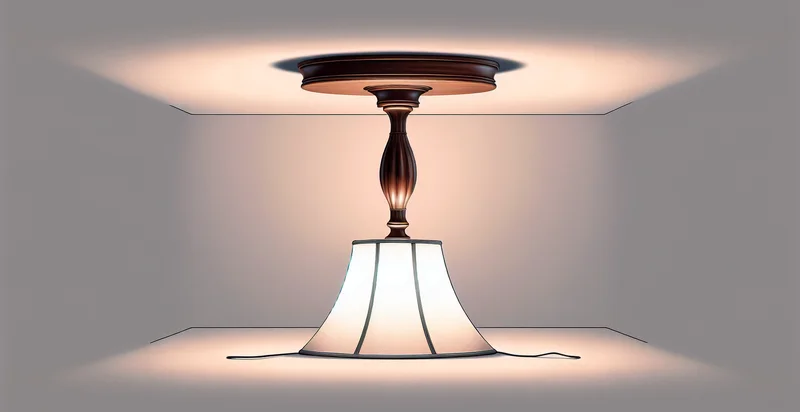Identify if bowl is upside down
using AI
Below is a free classifier to identify if bowl is upside down. Just upload your image, and our AI will predict if the bowl is upside down - in just seconds.

Contact us for API access
Or, use Nyckel to build highly-accurate custom classifiers in just minutes. No PhD required.
Get started
import nyckel
credentials = nyckel.Credentials("YOUR_CLIENT_ID", "YOUR_CLIENT_SECRET")
nyckel.invoke("if-bowl-is-upside-down", "your_image_url", credentials)
fetch('https://www.nyckel.com/v1/functions/if-bowl-is-upside-down/invoke', {
method: 'POST',
headers: {
'Authorization': 'Bearer ' + 'YOUR_BEARER_TOKEN',
'Content-Type': 'application/json',
},
body: JSON.stringify(
{"data": "your_image_url"}
)
})
.then(response => response.json())
.then(data => console.log(data));
curl -X POST \
-H "Content-Type: application/json" \
-H "Authorization: Bearer YOUR_BEARER_TOKEN" \
-d '{"data": "your_image_url"}' \
https://www.nyckel.com/v1/functions/if-bowl-is-upside-down/invoke
How this classifier works
To start, upload your image. Our AI tool will then predict if the bowl is upside down.
This pretrained image model uses a Nyckel-created dataset and has 2 labels, including Bowl Right Side Up and Bowl Upside Down.
We'll also show a confidence score (the higher the number, the more confident the AI model is around if the bowl is upside down).
Whether you're just curious or building if bowl is upside down detection into your application, we hope our classifier proves helpful.
Related Classifiers
Need to identify if bowl is upside down at scale?
Get API or Zapier access to this classifier for free. It's perfect for:
- Quality Control in Manufacturing: This use case involves automating the inspection process on assembly lines where bowls are produced. By determining if the bowls are upside down, manufacturers can ensure proper packing and reduce the number of defective products reaching customers.
- Smart Kitchen Appliances: Integrating the upside down bowl identifier into smart kitchen devices, such as mixers and blenders, can optimize user safety and performance. The appliance could notify users if the bowl is incorrectly placed, preventing spills and accidents during operation.
- Restaurant Service Optimization: In commercial kitchens, this function can be used to monitor the arrangement of serving dishes. By ensuring that serving bowls are positioned correctly, staff can enhance plating efficiency and ensure a better presentation for customers.
- Inventory Management: Retailers can implement this image classification function in their inventory systems to quickly determine the state of displayed kitchenware. The system can alert staff if bowls are upside down, signaling a need to rearrange or restock items for better visibility and accessibility.
- Automated Dishwashing Systems: Dishwashing robots could leverage this function to sort and manage dishware efficiently. By classifying whether bowls are upside down, the robots can optimize washing processes and reduce the time taken for cleaning by preventing unnecessary handling of already clean items.
- Home Automation Systems: Smart home devices can incorporate the upside down bowl identifier to assist with kitchen organization. Homeowners can receive alerts about misplaced items, encouraging them to maintain an orderly space and streamline their cooking experiences.
- Consumer Feedback and Product Improvement: Manufacturers can use this function to analyze consumer behavior and preferences regarding bowl usage. By collecting data on the orientation of bowls in user homes, businesses can better understand their customers' habits and design improved products tailored to their needs.


